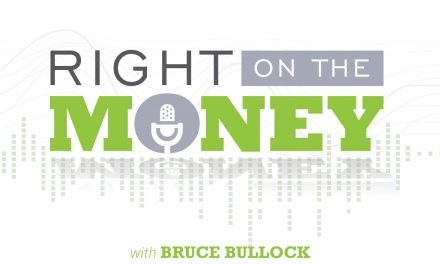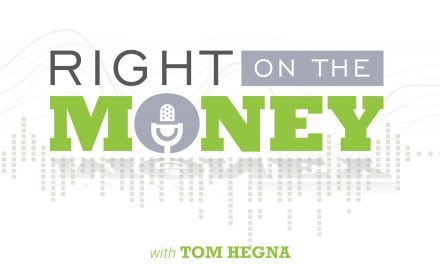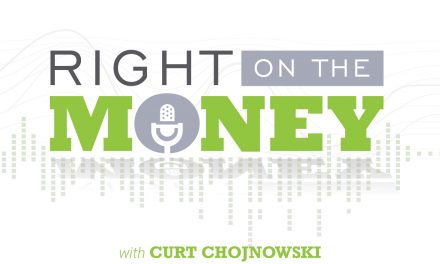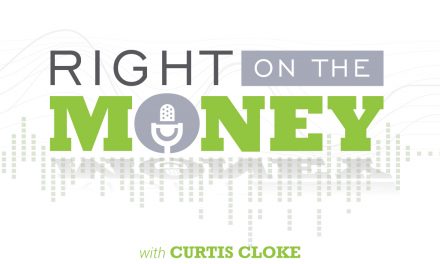The Tactical Use of Basis in Non-Qualified Annuities
Qualified plan distributions are fully taxable as ordinary income at the effective tax bracket of the plan participant. Annuities held inside a qualified plan are subject to the same taxation. However, non-qualified annuities maintain their non-taxable basis, but are subject to the “last in, first out” rule under the 1982 TEFRA regulations, meaning taxable earnings are recognized first and then a tax-free basis.
Over time, non-qualified tax deferred annuities can accumulate unencumbered by annual taxation of earnings. The longer the “holding period” the greater the economic leverage of tax deferral. But there may be another tax advantage at distribution if you elect a lifetime payout.
TEFRA was a major piece of bi-partisan legislation in 1982. The most significant impact to the law was altering the tax chronology of basis and earnings from a financial product. Before the law, non-qualified distributions of basis were withdrawn first, then gains. It was know as FIFO, first in first out. After the implementation of the law, it changed from FIFO to LIFO, last in first out, i.e., distribution of gains first, basis second.
But a curious exception to the 1982 TEFRA regulation on LIFO is the annuity exclusion ratio in lifetime payout scenarios outside a qualified plan, where basis is amortized from the first distribution to your projected mortality. During this period, partial earnings are also distributed with this amortized basis exclusion. So there’s a combination of basis and earnings in the scheduled distributions until basis has been recaptured. Then, the entire distribution amount going forward is taxable at ordinary income at the policy owner’s effective tax bracket. Watch the interview with popular platform speaker, best-selling author and PBS host Tom Hegna, who walks through some of the taxation issues using annuities.
The strategic use of the annuity-exclusion ratio can impact taxation in a given year. Some retirement tacticians use the annuity-exclusion ratio and withdrawals of basis from a non-modified endowment life insurance policy to lower taxes when income is expected to be higher. A financial advisor, who is also a retirement strategist, can help you use both of these tactics to leverage your use of basis.
Syndicated financial columnist and talk show host Steve Savant interviews Tom Hegna, popular platform speaker; best selling author and retirement expert. Tom hosted the PBS Television Special “Don’t Worry Retire Happy.” The television special was designed after Tom’s latest book, “Don’t Worry Retire Happy.” Tom’s first book, “Playchecks and Paychecks” drew critical acclaim from financial advisers and insurance professionals.





